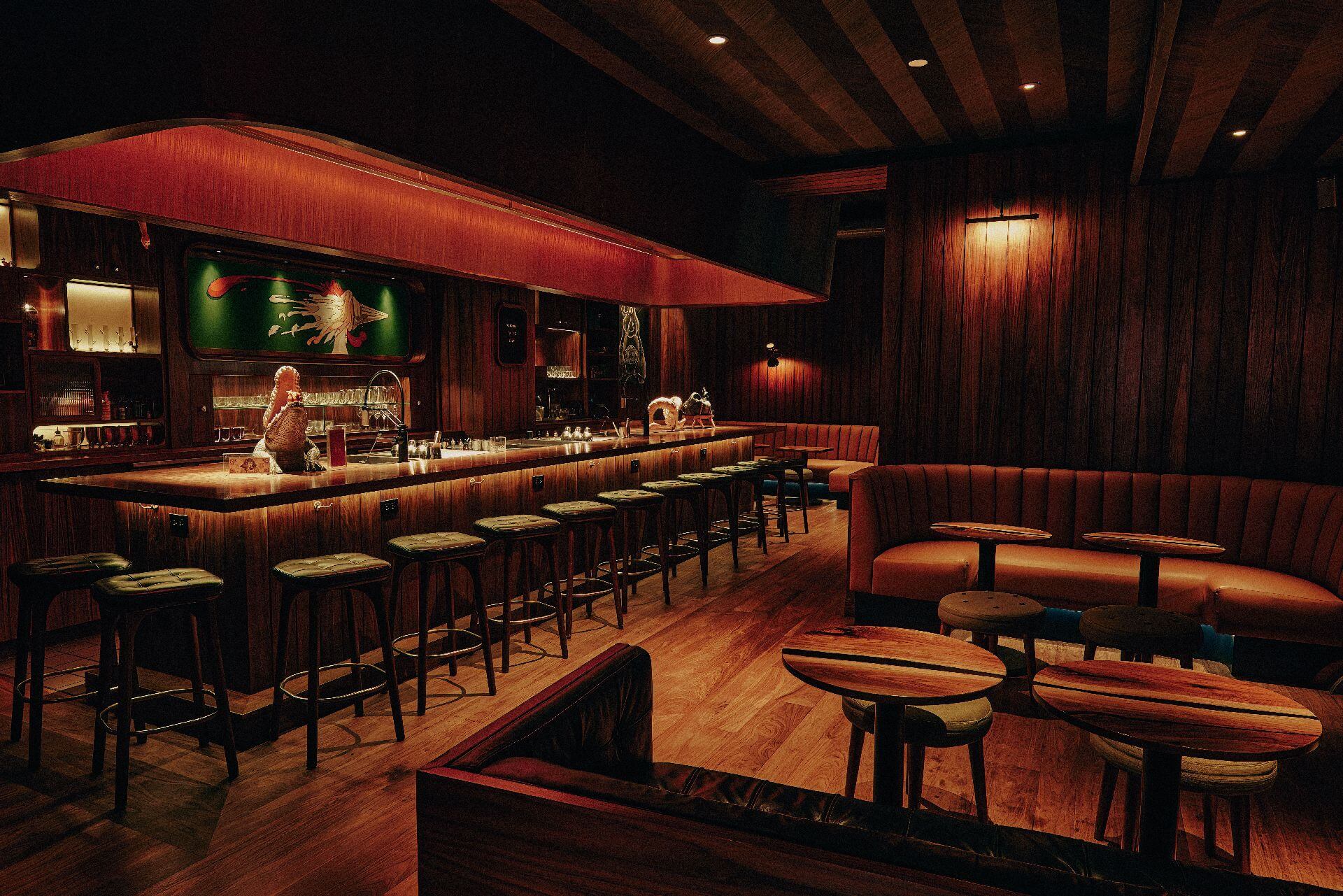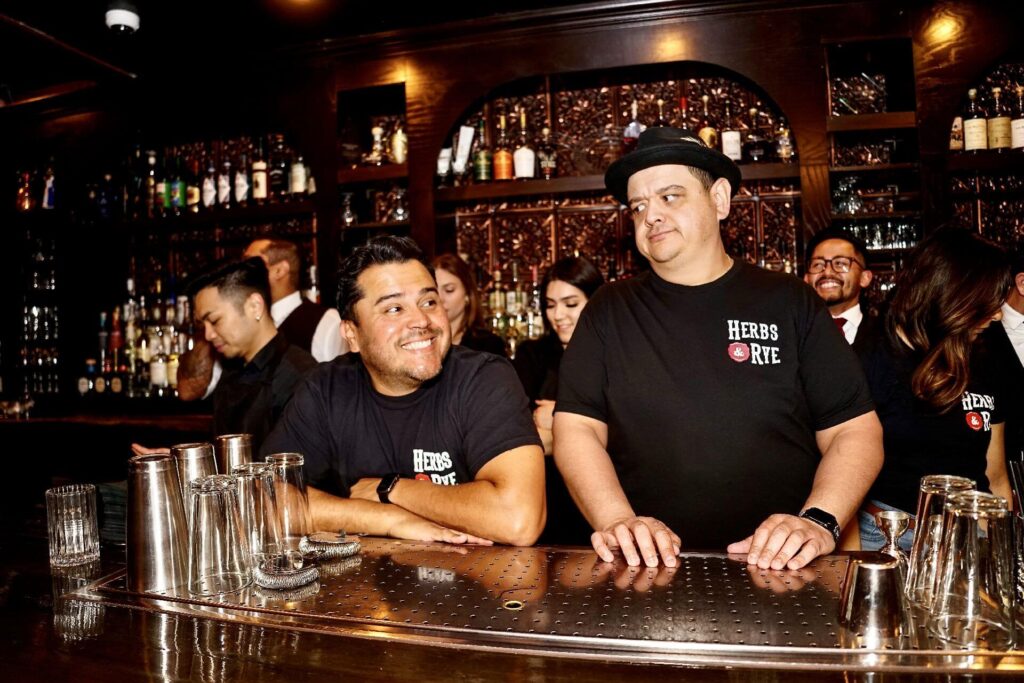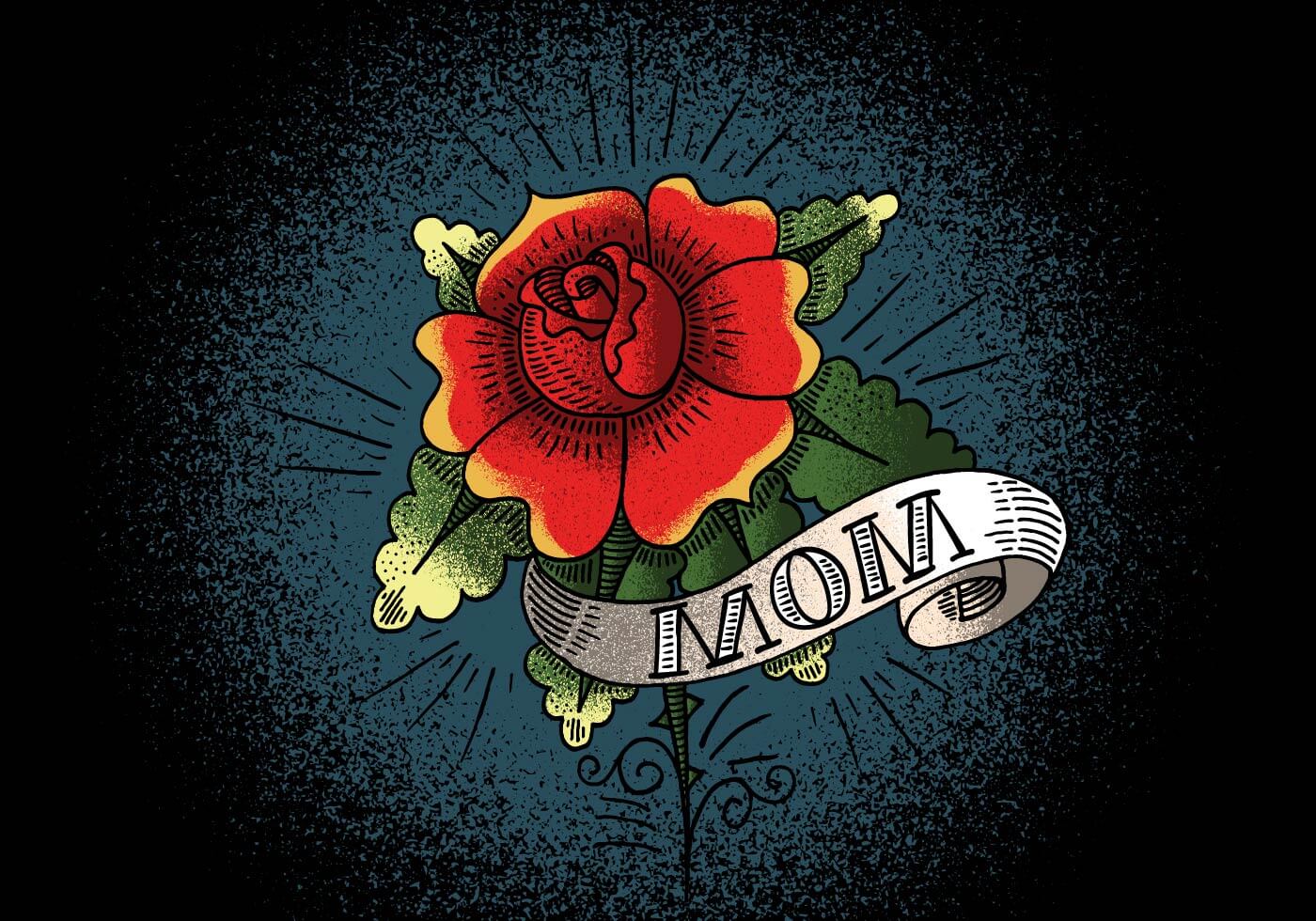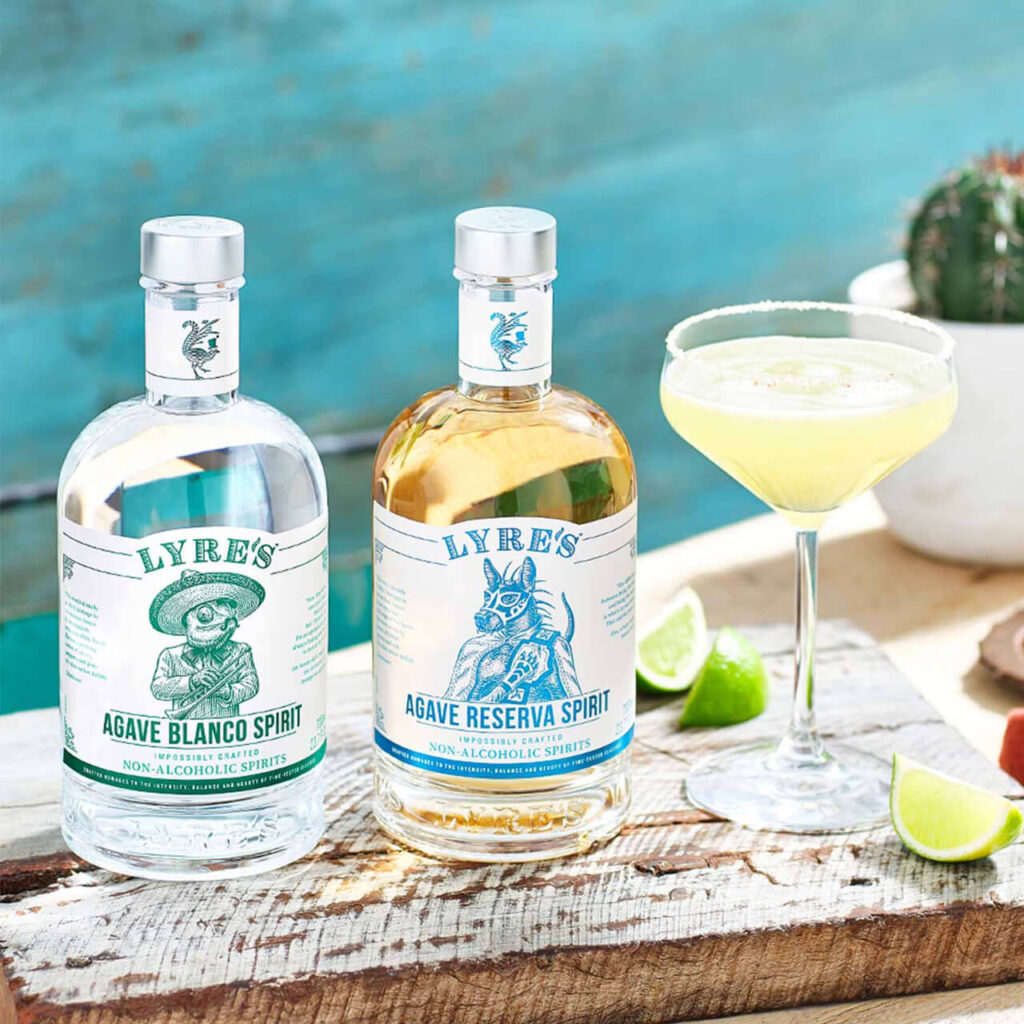The 50 Best Bars in North America in 2023
by David Klemt

Double Chicken Please in New York City is number one on this year’s list.
The buildup toward this year’s World’s 50 Best Bars is growing with the recent announcement of North America’s 50 Best Bars.
Mexico City, the 2023 North America’s 50 Best Bars host city, is home to several of this year’s rankings. A true cocktail destination loaded with extraordinary bars, Mexico City boasts eight entries. Overall, 14 of the 50 bars on the 2023 list are in Mexico.
Of course, New York City also claims an impressive number of bars earning spots on the list. In fact, NYC boasts 12 of the 50 best bars in North America. More than half of the bars—28—are in the US.
Not that anyone asked, two of the bars on the 2023 list are in the city where I was born, Chicago: Kumiko and Milk Room. And I’m going to give a special nod to Herbs & Rye, number 27 and located in my hometown of Las Vegas (and the US headquarters of KRG Hospitality).

Of the 50 best bars in North America, Canada is home to seven. Four of these are in Toronto (where KRG Hospitality’s global headquarters are located), two are in Montreal, and one is in Vancouver.
Just one bar in the Caribbean makes the 2023 North America’s 50 Best Bars list. But what a bar: La Factoría is number 24.
Below you’ll find this year’s rankings; destination awards; and individual awards. Speaking of, congratulations to Julio Cabrera and Christine Wiseman! You’ll see why as you scroll. To review last year’s list, please click here.
Congratulations to all the bars and their bar teams representing the best of North America in 2023!
2023 North America’s 50 Best Bars Destination Award Winners
The Best Bar in Northeast USA, sponsored by Perrier
Double Chicken Please (No. 1; New York City, New York)
The Best Bar in South USA, sponsored by Torres Brandy
Jewel of the South (No. 5; New Orleans, Louisiana)
The Best Bar in the Midwest USA, sponsored by Rémy Martin
Kumiko (No. 8; Chicago, Illinois)
The Best Bar in the West USA, sponsored by Naked Malt
Thunderbolt (No. 10; Los Angeles, California)
The Best Bar in the Caribbean, sponsored by Scrappy’s Bitters
La Factoría (No. 24; San Juan, Puerto Rico)
The Best Bar in Canada, sponsored by Tia Maria
Civil Liberties (No. 12; Toronto, Ontario, Canada)
The Best Bar in Mexico, sponsored by Bareksten
Handshake Speakeasy (No. 2; Mexico City, Mexico)
2023 North America’s 50 Best Bars
- Milady’s (New York City, New York)
- Youngblood (San Diego, California)
- Platform 18 (Phoenix, Arizona)
- Brujas (Mexico City, Mexico)
- Clover Club (New York City, New York)
- Allegory (Washington, DC)
- The Dead Rabbit (New York City, New York)
- Bar Mordecai (Toronto, Ontario, Canada)
- Yacht Club (Denver, Colorado)
- Bar Leather Apron (Honolulu, Hawaii)
- Aruba Day Drink (Tijuana, Baja California, Mexico)
- Maison Premiere (New York City, New York)
- Milk Room (Chicago, Illinois)
- Mother (Toronto, Ontario, Canada)
- Cure (New Orleans, Louisiana)
- Cloakroom (Montreal, Québec, Canada)
- Sweet Liberty (Miami, Florida)
- Service Bar (Washington, DC)
- Atwater Cocktail Club (Montreal, Québec, Canada)
- Selva (Oaxaca de Juárez, Oaxaca, Mexico)
- Death & Co. (Los Angeles, California)
- Martiny’s (New York City, New York)
- Pacific Cocktail Haven (San Francisco, California)
- Herbs & Rye (Las Vegas, Nevada)
- Kaito del Valle (Mexico City, Mexico)
- Café de Nadie (Mexico City, Mexico)
- La Factoría (San Juan, Puerto Rico)
- Arca (Tulum, Quintana Roo, Mexico)
- Sabina Sabe (Oaxaca de Juárez, Oaxaca, Mexico)
- El Gallo Altanero (Guadalajara, Jalisco, Mexico)
- Hanky Panky (Mexico City, Mexico)
- Botanist Bar (Vancouver, British Columbia, Canada)
- Mace (New York City, New York)
- Rayo (Mexico City, Mexico)
- Baltra Bar (Mexico City, Mexico)
- Bar Pompette (Toronto, Ontario, Canada)
- Employees Only (New York City, New York)
- Attaboy (New York City, New York)
- Civil Liberties (Toronto, Ontario, Canada)
- Zapote Bar (Playa del Carmen, Quintana Roo, Mexico)
- Thunderbolt (Los Angeles, California)
- Café La Trova (Miami, Florida)
- Kumiko (Chicago, Illinois)
- Overstory (New York City, New York)
- Dante (New York City, New York)
- Jewel of the South (New Orleans, Louisiana)
- Licorería Limantour (Mexico City, Mexico)
- Katana Kitten (New York City, New York)
- Handshake Speakeasy (Mexico City, Mexico)
- Double Chicken Please (New York City, New York)
2023 North America’s 50 Best Bars Individual Awards
Roku Industry Icon Award 2023
Julio Cabrera (No. 9; Café La Trova; Miami, Florida)
Altos Bartender’s Bartender Award 2023
Christine Wiseman (Bar Lab Hospitality)
Michter’s Art of Hospitality Award 2023
Botanist Bar (No. 19; Vancouver, British Columbia, Canada)
Siete Misterios Best Cocktail Menu Award 2023
Allegory (No. 45; Washington, DC)
Disarronno Highest New Entry Award 2023
Bar Pompette (No. 15; Toronto, Ontario, Canada)
Nikka Highest Climber Award 2023
Overstory (No. 7; New York City, New York)
Campari One to Watch Award 2023
Manhatta (New York City, New York)
London Essence Best New Opening Award 2023
Rayo (No. 17; Mexico City, Mexico)
Ketel One Sustainable Bar Award 2023
Yacht Club (No. 42; Denver, Colorado)
Double Chicken Please image: Emmanuel Rosario / Hanna Lee Communications. Herbs & Rye image courtesy of Hanna Lee Communications.


















